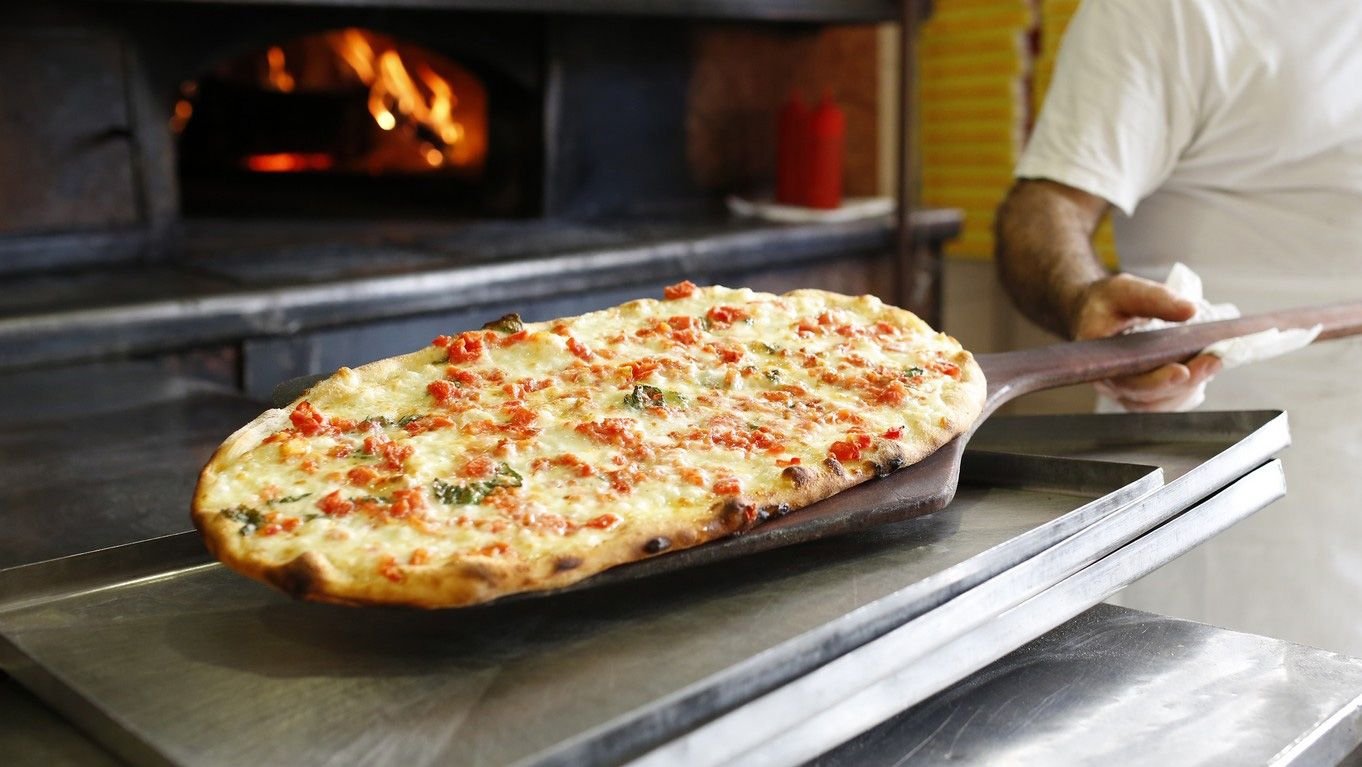Pizza, a global favorite, finds its roots deeply embedded in Italian culinary tradition. While pizzas are enjoyed worldwide with diverse interpretations and toppings, authentic Italian pizza stands out for several distinctive characteristics that reflect its heritage, craftsmanship, and regional diversity. This article delves into what makes Italian pizza different, highlighting its origins, ingredients, preparation methods, and cultural significance.

Origins and Historical Significance
The birthplace of pizza is Naples, Italy, where it emerged in the late 18th century as a beloved street food among the city’s working-class population. The earliest forms of pizza were simple and economical, made with basic ingredients like tomatoes, garlic, olive oil, and later, mozzarella cheese. Over time, pizza evolved into a cultural icon that spread across Italy and eventually around the world.
Key Elements of Authentic Italian Pizza
1. Pizza Dough
Italian pizza dough is a crucial element that sets it apart:
- Flour: Typically made from high-protein “Tipo 00” flour, prized for its fine texture and ability to stretch without tearing.
- Yeast: Used to leaven the dough, providing a light and airy texture.
- Water and Salt: Essential for hydration and flavor.
- Long Fermentation: Dough is often left to ferment slowly, allowing flavors to develop and the gluten to relax, resulting in a chewy yet tender crust.
2. Tomato Sauce
- San Marzano Tomatoes: Hailing from the volcanic soils of the Campania region, these tomatoes are prized for their sweet, low-acid flesh, ideal for pizza sauce.
- Simple Seasoning: Tomato sauce is typically seasoned with salt, olive oil, and fresh basil, enhancing the natural sweetness of the tomatoes without overpowering other flavors.
3. Cheese
- Mozzarella: Fresh mozzarella cheese, made from buffalo milk (mozzarella di bufala) or cow’s milk (fior di latte), is a staple on Italian pizzas. It’s known for its creamy texture and mild flavor that complements the tomato sauce without dominating the dish.
- Other Cheeses: Depending on the region and style, Italian pizzas may include other cheeses like Parmigiano-Reggiano or Pecorino Romano, grated or sprinkled over the top for added depth of flavor.
4. Cooking Method
- Wood-Fired Ovens: Traditional Italian pizzas are baked in wood-fired brick ovens that reach high temperatures (around 800-900°F or 425-475°C). This intense heat cooks the pizza quickly, creating a blistered, slightly charred crust (“cornicione”) while sealing in moisture and flavors.
- Short Cooking Time: A properly made Italian pizza cooks in just a few minutes, preserving the freshness of the toppings and ensuring a crispy yet tender crust.
Regional Variations and Cultural Significance
Italy’s diverse regions contribute to a rich tapestry of pizza variations, each reflecting local ingredients, culinary traditions, and cultural heritage:
- Neapolitan Pizza (Pizza Napoletana): The quintessential Italian pizza, known for its soft, elastic crust, simple tomato sauce, fresh mozzarella, and basil. It holds UNESCO Cultural Heritage status, symbolizing Naples’ culinary craftsmanship.
- Roman Pizza (Pizza Romana): Thin and crispy, often served in rectangular slices (“pizza al taglio”). Toppings range from classic Margherita to innovative combinations like potatoes and rosemary.
- Sicilian Pizza (Pizza Siciliana): Thick-crust pizza with a spongy texture, topped generously with tomato sauce, onions, anchovies, and often breadcrumbs for added crunch. It reflects Sicily’s diverse culinary influences, from North African to Mediterranean flavors.
What Makes Italian Pizza Different?
1. Emphasis on Quality Ingredients
Italian pizza prioritizes fresh, seasonal, and locally sourced ingredients. From the tomatoes of San Marzano to the buffalo mozzarella of Campania, each component contributes to the pizza’s authentic flavor profile.
2. Artisanal Craftsmanship
The preparation of Italian pizza involves skill and technique honed over generations. From hand-stretching dough to wood-fired baking, each step is executed with precision to achieve the perfect balance of textures and flavors.
3. Preservation of Tradition
Italian pizza traditions are deeply rooted in history and culture. Pizzerias often adhere to strict guidelines and standards to maintain authenticity, ensuring that each pizza reflects the spirit and essence of its regional origins.
Enjoying Italian Pizza
Whether enjoyed in a bustling pizzeria in Naples or recreated at home with authentic ingredients and methods, Italian pizza offers a culinary experience that transcends borders and delights palates. Its distinctive qualities—from the chewy crust to the harmonious blend of flavors—make it a timeless favorite that continues to captivate pizza lovers around the world.
Conclusion
Italian pizza’s uniqueness lies in its adherence to tradition, emphasis on quality ingredients, and artisanal craftsmanship. Beyond being a delicious dish, it embodies Italy’s culinary heritage and cultural identity, inviting diners on a flavorful journey through its diverse regions. By understanding what makes Italian pizza different, one gains a deeper appreciation for its legacy and the dedication that goes into creating each slice of this beloved culinary masterpiece.











Alright alright, is haha777legit legit? Seems alright so far, played a few rounds, no big complaints. Still kinda new to it, but worth a look. Find out for yourself: haha777legit
Xsktangiang is part of my weekly routine. Pick the numbers, grab some snacks, and hope for the best. Good luck everyone! Visit xsktangiang.
JILIHOST, simple and straightforward. Don’t expect anything flashy, but it’s easy to use and they seem to have a decent JILI selection. Sometimes less is more, ya know? jilihost